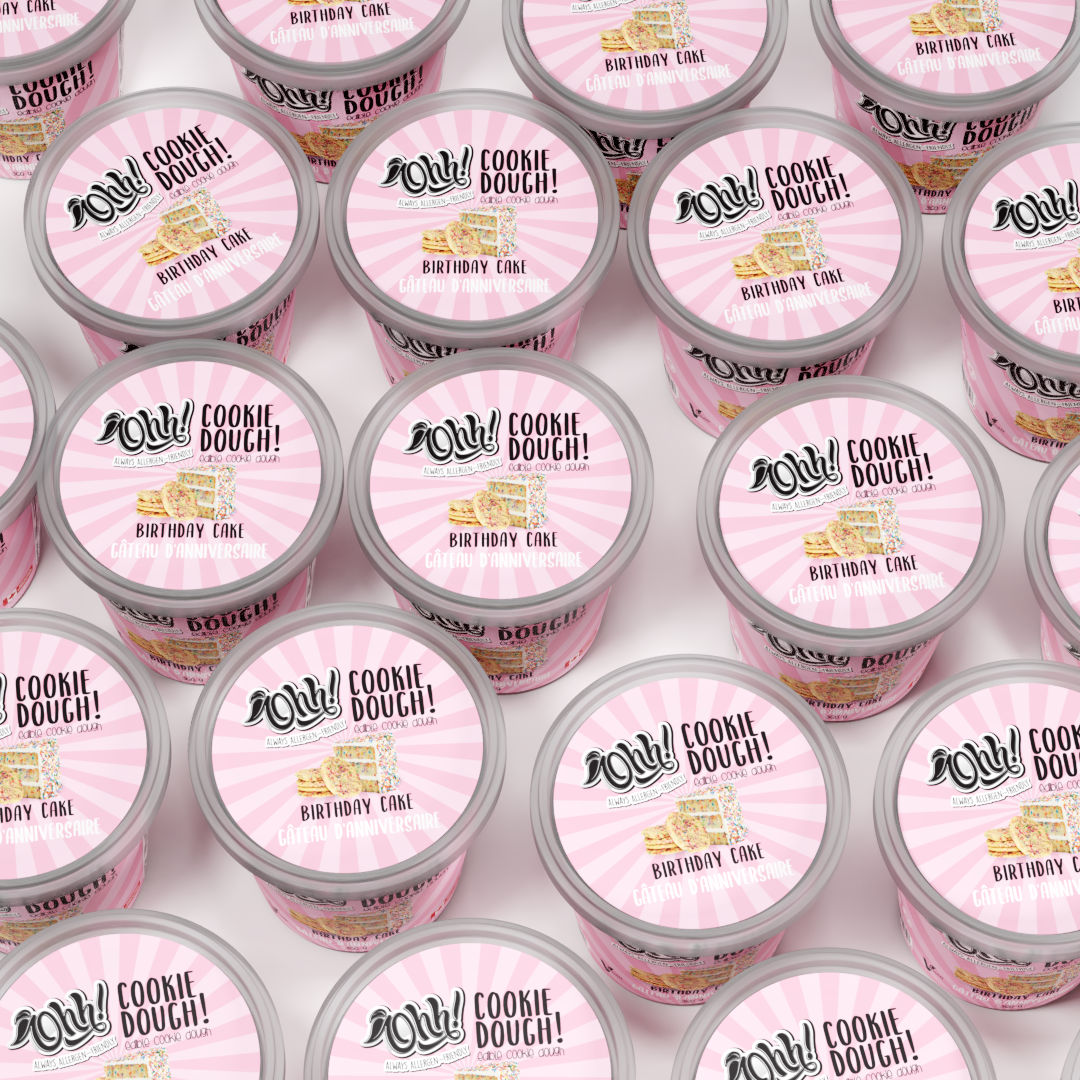We’ve all experienced it before, swollen fingers, a puffy face, a muscle that feels like it's on fire and has been overworked. Inflammation is a natural process in our bodies and is needed to protect ourselves from infection and to facilitate healing. Inflammation is our body’s way of protecting us against foreign pathogens and anything that could harm it, such as infections, injuries and toxins as a way to heal itself. When it feels like it is being attacked or put in harm’s way, our immune system kicks into high gear ready to fight anything in its path!
How do you know if you are inflamed? There are four cardinal signs of inflammation, these include; redness (caused by the dilation of blood vessels), heat, swelling and pain. Blended together, you have a powerful antibody fighting team who’s only mission is to help heal you from the inside out. When inflammation gets dangerous is when it occurs regularly and is not in response to acute injuries and infection and is now a chronic, long-term ache and pain problem. In today’s blog post, we are going to be talking about inflammation, foods to help fight it and lifestyle changes you can make to keep your body happy and healthy! Ready, set read!
Anti-Inflammatory Foods:
Anti-inflammatory foods do exactly what they sound like they do, they fight off inflammation. They help to reduce inflammation, improve symptoms of chronic joint conditions and diseases. An anti-inflammatory diet can be beneficial to those with heart disease, obesity, psoriasis, Alzheimer’s disease and digestive issues. There are six inflammatory inducing food groups that increase inflammation levels in the body that you should try to avoid as much as possible. Those include; sugar, artificial trans fats, hydrogenated oils, refined carbohydrates, alcohol and processed meat. So now that we know what foods cause inflammation, what should we be eating? Great question! Whole, real, from the earth foods! Tomatoes, olive oil, green leafy vegetables such as spinach, kale and arugula, full fat coconut, fresh fruits such as berries, pineapple and oranges. These foods all help to combat free radicals and lower inflammation levels in the body - we want to save that inflammatory response for when we need it, in an actual emergency!
This might come as a surprise, but dark chocolate is a phytonutrient dense superfood that helps to combat stress, lower blood pressure, reduce inflammation, curb sugar cravings and support cardiovascular health. Cacao, the main ingredient in dark chocolate that gives it its velvety mouthfeel and rich flavour notes, is rich theobromine. Theobromine is a potent anti-inflammatory. Its richness in antioxidants, specifically flavanols, help the body to reduce oxidative stress and inflammation levels. Sugar-free dark chocolate has the ability to ease some of the inflammation associated with chronic illnesses, increase recovery time to reduce pain and stress levels in the body. So the next time you are craving chocolate, but know that it is in your best interest to reach for a healthier alternative, turn to your Ohh! Foods Chocolate Chip Cookie Dough that is free of the top ten allergens and packed with only the good kind of chocolate!
Additional Inflammation Reducing Tips:
When in doubt, always eat a salad. Pack it with a hearty leafy greens, an abundance of colourful vegetables and some fruit. Drizzle it with olive oil and some seeds for the perfect blend of antioxidants and inflammatory fighting foods! Take your meals to the next level and skip the beverage that usually accompanies them. Alcohol is one of the inflammatory inducing foods and can easily be eliminated, reduced or even replaced with a non-alcoholic version for one will see dramatic results. When you’re cooking at home or dining out, try to opt for a plant based protein occasionally to add more alkaline foods to your diet. Meat is a very acidic food, so combat that with extra greens and minerals!
Lifestyle Changes:
Changing your diet without changing your lifestyle is a recipe for doing a habit once and then forgetting about it. Creating an anti-inflammatory meal is great, but we need to create an anti-inflammatory meal plan - something that is going to help you build and maintain your healthy eating habit. Start by filling your fridge with anti-inflammatory foods; olive oil, healthy fats, plant-based proteins, leafy green vegetables and fresh fruit. Once stocked, start to collect some recipes that you would like to experiment with. Keep a collection of your favourites so you can build your own mini anti-inflammatory cookbook- this makes it easy to whip up a meal when you’re hungry because you have a stack of your go-to meals on hand! Just like you brought in nutritious food, we have to get rid of the inflammatory foods - processed foods, refined carbohydrates, sugar, alcohol and excessive amounts of meat. You will have them again, but for now, it is simply a matter of getting it out of sight and out of temptation! Now that your kitchen is packed with anti-inflammatory, whole, plant-based foods, it is time to focus on exercise and movement. Losing weight shouldn’t be the focus, but it will be an added bonus! Exercise helps to reduce stress (another contributor to inflammation!) and combined with a healthy diet, will result in weight loss which reduces your body’s systemic levels of inflammation.
There you have it, everything you need to know about inflammation, how to reduce it, combat it and the best lifestyle choices you can make to become your healthiest self yet. Choosing to eat nutritious, whole foods is the key to fighting inflammation. When in doubt, turn to your Ohh! Foods Cookie Dough and Bites for an anti-inflammatory snack or dessert that is free of gluten, dairy, eggs peanuts, tree nuts and is both gluten free and vegan. Cookie dough on an anti-inflammatory meal plan? YES!





